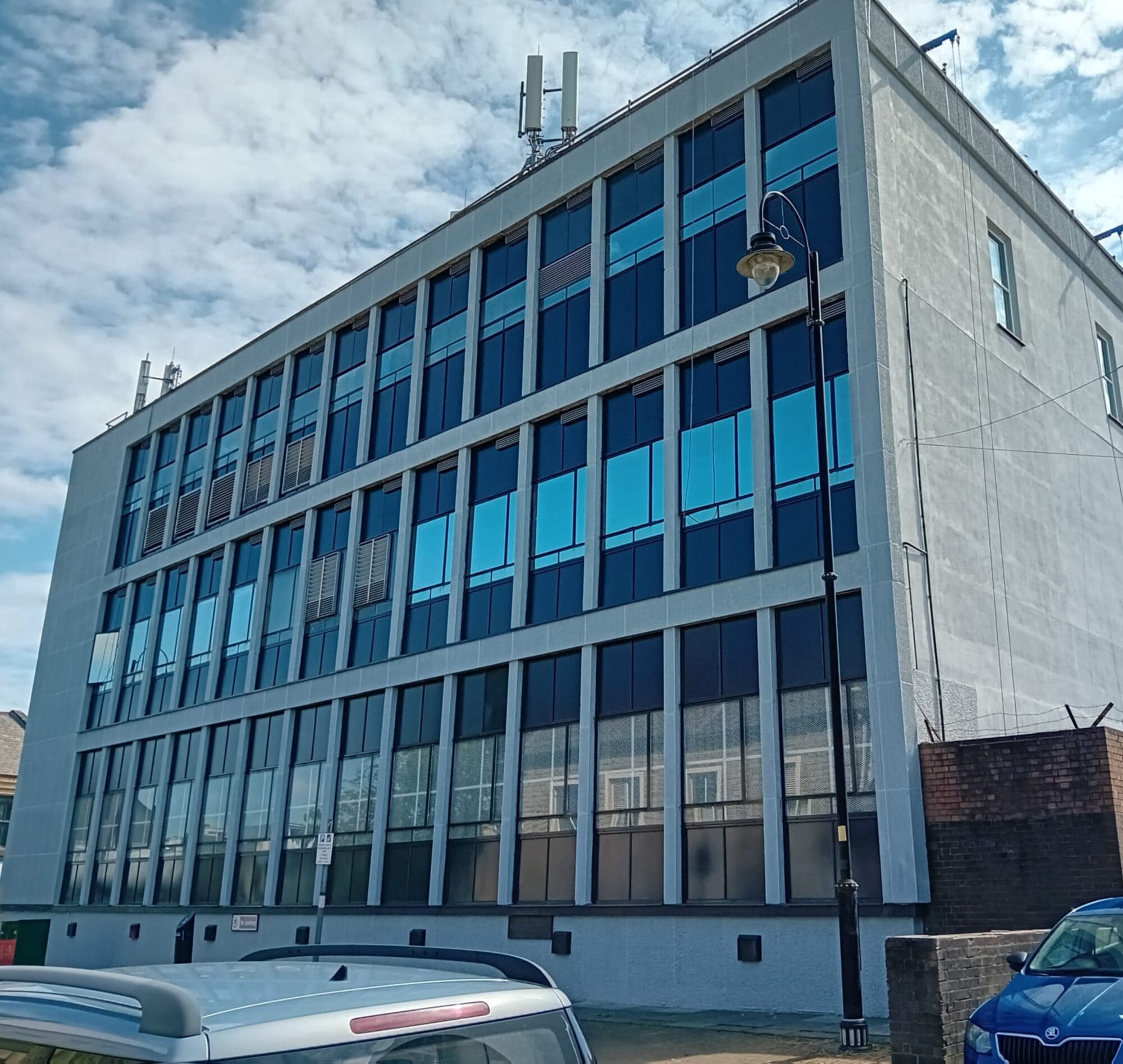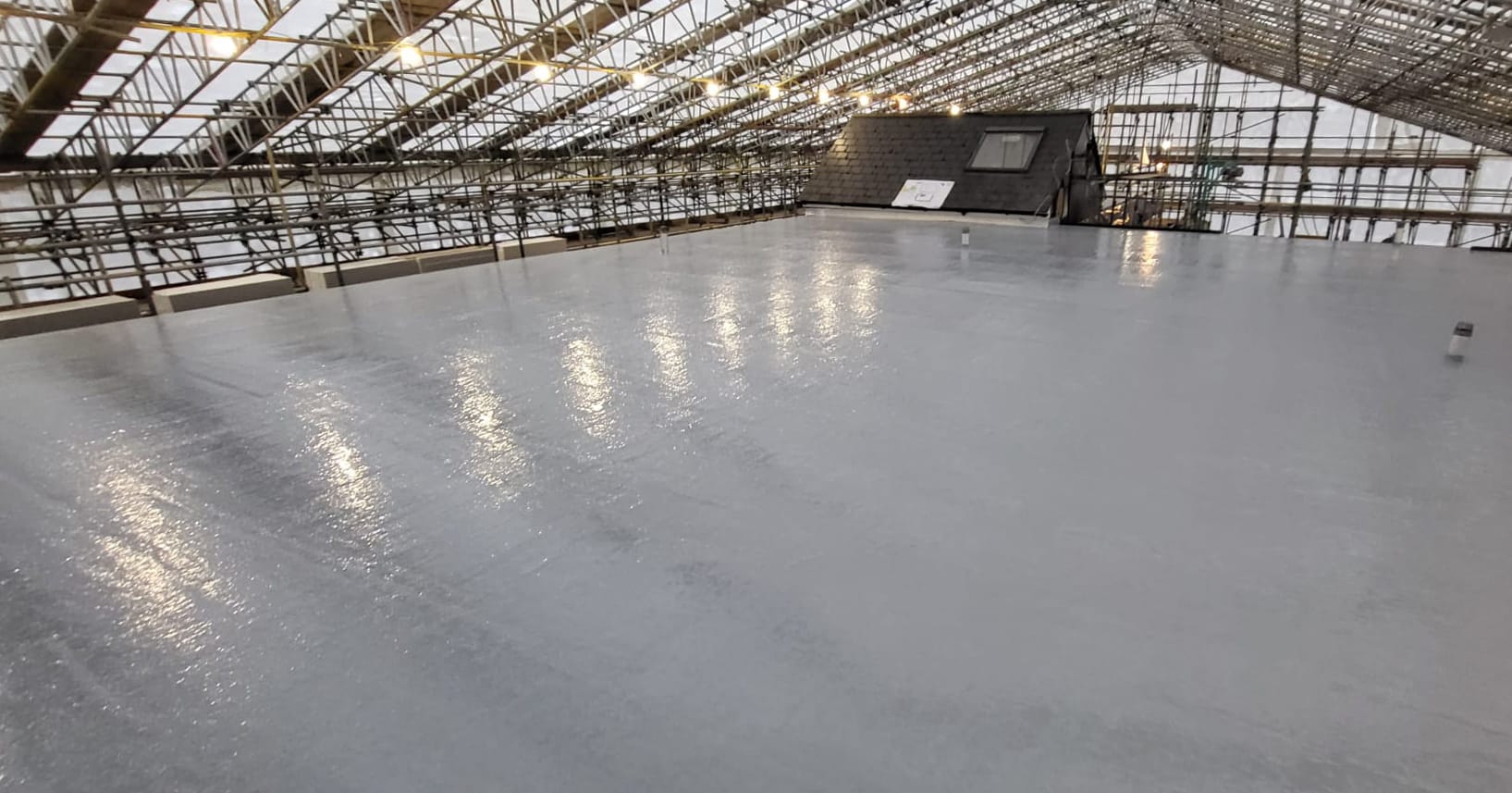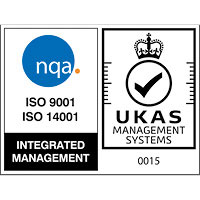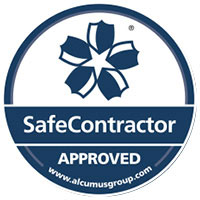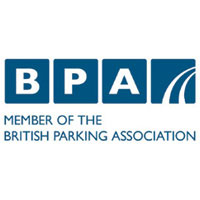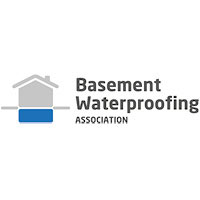Basement Waterproofing
Waterproofing basements, cellars etc, is often referred to as ‘tanking’. Tanking is defined as a waterproof membrane applied over a surface, preventing completely the entry of liquid water under hydrostatic (water) pressure.
Works can be carried out in different ways to ensure a waterproofed/dry space. Basement / cellar waterproofing is often carried out using either Cementitious renders, and/or cavity membranes conforming to BS8102: 1990 Code of Practice for Protection of structures against water from the Ground.
Every basement is different, and a site survey by a (C.S.S.W) (Certified Surveyor in Structural Waterproofing) should be carried out to ensure that the best methods are undertaken
BS8102 Performance levels for the dryness of buildings full into the following four grades.
Cavity Drain Membrane Systems
Cavity drain membranes work on the principal of allowing water to continue to penetrate the structure but control it in the air gap and divert it to a suitable drainage point or pump (if required). Cavity membranes do not allow pressure to build up against the internal construction, and the air gap behind the membrane allows the structure to ‘breathe’ and dry out. The membranes are impermeable to water, and gas and water vapour, thus protecting the basement internal space from dampness. Membranes are loose laid on floors and fixed to walls using special plugs and sealing materials.
Cavity membranes can be fitted with little or no preparation to the substrate. Once fitted, wall surfaces can be dry lined or plastered directly, and floors can be screeded, or a suitable dry board system installed. This method of basement waterproofing allows decoration and floor finishes to be completed almost immediately, without long drying out periods.
| Basement Usage | Performance Level |
| Car parking, plant rooms (excluding electrical equipment), workshops | Some water seepage and damp patches tolerable |
| Workshops and plant rooms requiring drier environment, retail storage areas | No water penetration but moisture vapour tolerable |
| Ventilated residential and working areas, including offices, restaurants, leisure centres. | Dry environment. Humidity control required |
| Archives and stores requiring controlled environment | Totally dry environment. Air conditioning required |
Cementitious Coatings
These systems are a specialist waterproofing multi-coat render, or a multi-coat cementitious slurry that can withstand the external water pressure present in a basement.
Once installed, a cementitious render system will maintain a dry environment by creating a physical barrier to water entering the basement area.
Cementitious coatings can be applied direct to the substrate, but they do require preparatory works of the substrate ie: (needle gunning) to ensure that a good key is available to bond the materials to. Multicoat render applications can be installed with several interim coats increased to the degrees of water pressure resistance required.
For sealing the construction joints, expansion joints, connection joints, or cracks and fissures on concrete and masonry, a Hypalon Strip bonded with an epoxy resin is used to provide a high joint movement capacity.


